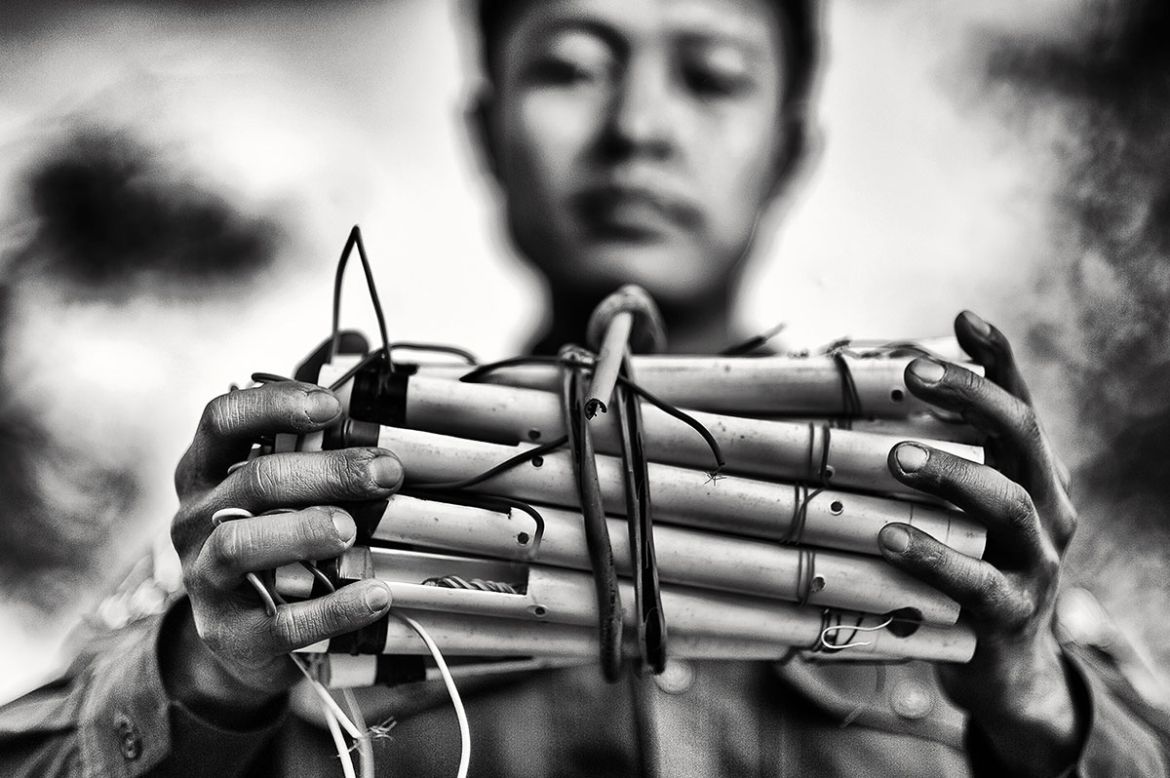In Pictures
Violence in northern Myanmar overshadows peace process
Fighting continues in northern Myanmar as Union Peace Conference negotiations commence.

Shan State, Myanmar – The comprehensive peace process, led by the government and supported by donor countries , which aims to end the decade-long conflicts with Myanmar’s ethnic minorities, has yielded mixed results.
While ceasefires were signed with some groups, extensive fighting has continued with groups in the north.
During the Union Peace Conference on August 31, the newly elected civilian government, led by Aung San Suu Kyi, formally sat down with the armed groups to negotiate a national peace settlement.
When the National League for Democracy (NLD) won the November election, Suu Kyi said national reconciliation and peace were her party’s top priorities. But, achieving these goals involves close cooperation with the military that controls 25 percent of the parliamentary seats and three key ministries.
Yet, not all fighting groups were included in the negotiations: Three groups – Ta’ang National Liberation Army, Arakan Army and Kokang’s Myanmar National Democratic Alliance Army – were barred from taking part in peace negotiations and signing the nationwide ceasefire agreement for refusing to issue a public commitment to disarm .
In response to the government’s pledge last week that the peace conference would be all-inclusive, the banned groups issued a joint statement expressing their willingness to attend the conference and negotiate an end to the fighting, but that they were unwilling to agree to an unconditional surrender without guarantees.
READ MORE: Displaced by continued fighting in Myanmar’s Shan state












